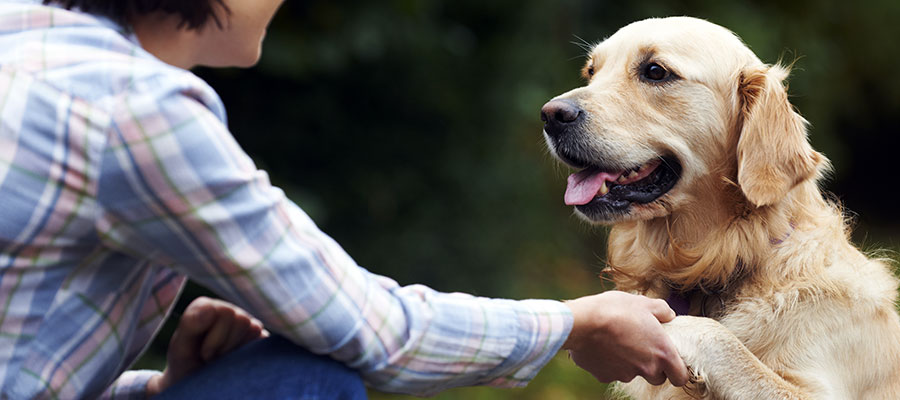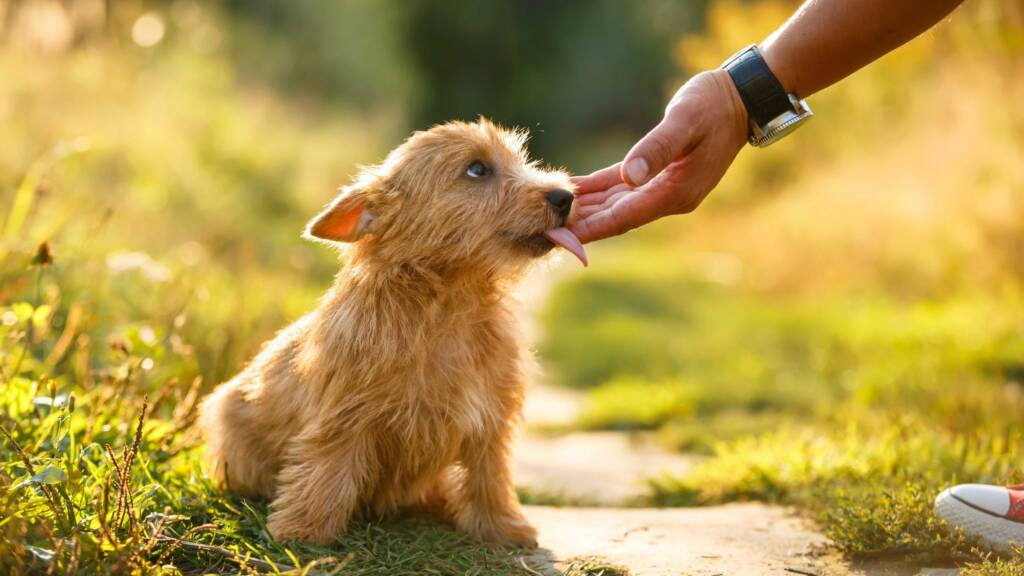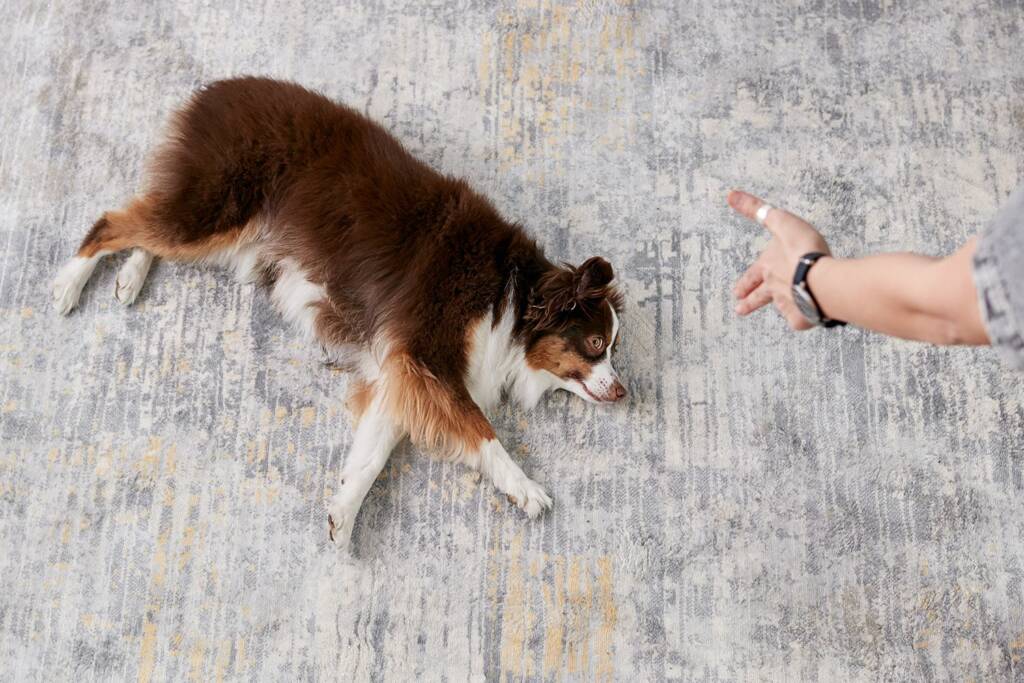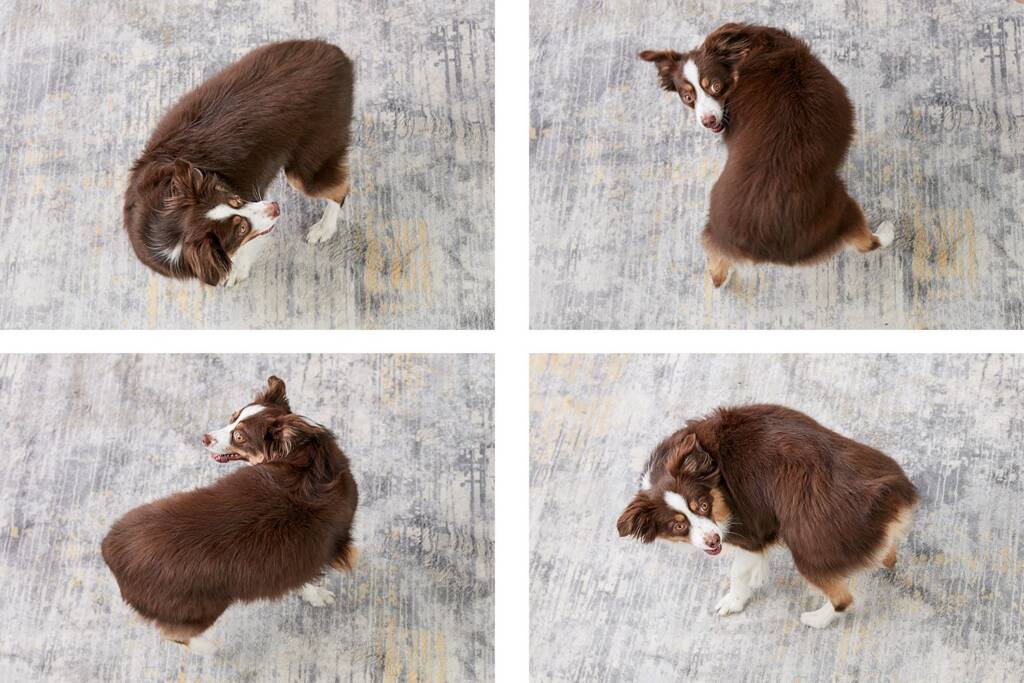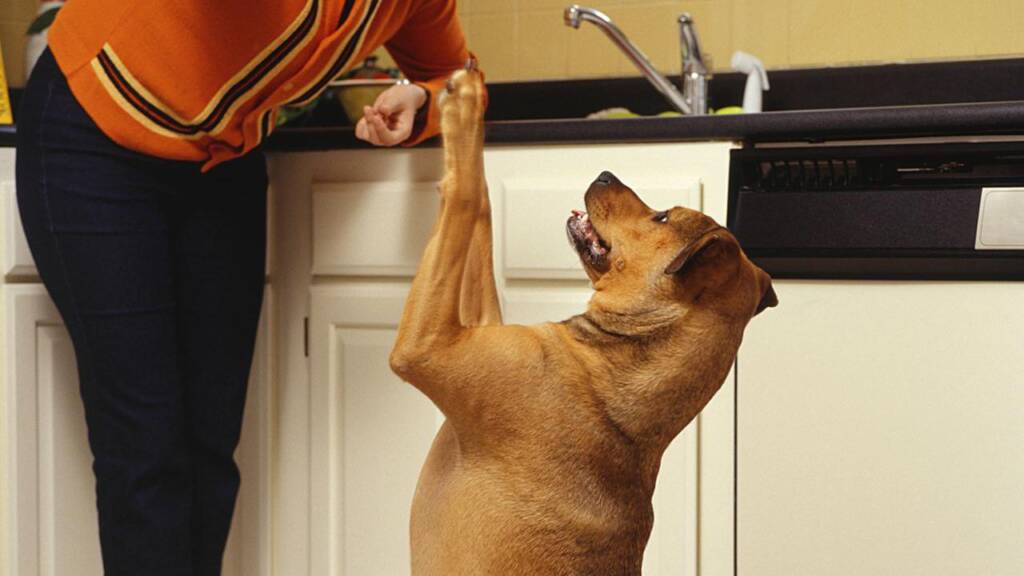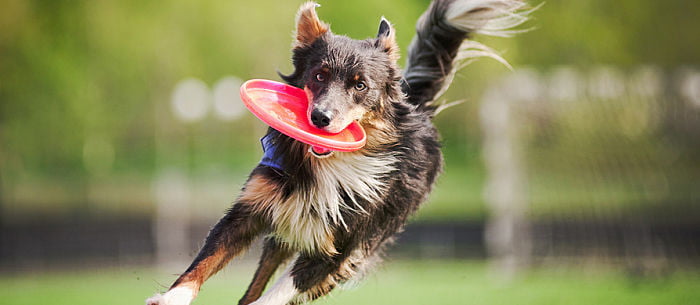Labrador Training School: The training of your Labrador is an essential part of his life. Whether you put them through self-training or in a Labrador Training School, training per se will play a huge role in how peaceful your life will be with your pet.
It should not be a problem to train your Labrador Retriever at home since they’re known for their great temperament and are generally easy to train. You can, however, enroll your dog in a Labrador Training School where your dog is taught by a professional trainer if you do not wish to go down that route.
Firstly, your Labrador doesn’t need a single type of training. Dog training can include housebreaking, obedience training, and even professional gun dog training.
The commitment and complexity associated with these types of training are quite extensive. Due to this, a puppy that is only 3 months old cannot be trained in gun dog training or service dog training.
Labrador Retriever Training
When your Labrador can walk or the moment you bring him or her home, you should begin housetraining him or her. Training your lab is the foundation for ensuring their success in future training projects.
In addition to puppy training, a Labrador training school can also teach house manners to puppies. Check your area for puppy training classes. Many of these schools require puppies to be at least 10 weeks old before enrolling.
You should expect that they will only accept older puppies if you plan to take a more serious Lab course, such as service dog or gun dog training.
It can be challenging for some pet owners to properly train their puppies due to a lack of time or skills. After that, they seek professional help, a solution that is fine as long as you can provide it for your dog. A Labrador may also enroll in a wide variety of classes at a Labrador training school.
Puppy training
Puppy training involves socialization and the processes necessary for your puppy to live in your home and obey our rules.
Labrador puppies need to learn basic housetraining skills and how to behave around people and other animals when they are young. In some labrador training schools, puppies are trained at home and regular home visits are made.
House-training your dog can also be accomplished through a home visit if you are comfortable with the process.
It is possible to refer to puppy training as behavioral training in some situations. It is a way to help your dog cope with the human world better and solve any behavioral problems, such as excessive chewing or excessive barking.
Training for obedience
Obedience training aims to ensure that your Labrador Retriever will always obey you. It can be applied to any type of circumstance, such as going out in public or staying at home.
Obedience training involves asking a dog to do something and making sure they follow you even if you leave the room. When working on obedience training, it is important to keep in mind that your Lab does not need to be completely obedient regardless of the situation.
The system was not designed to allow owners to completely control their dogs. The goal of obedience training is to maintain a good relationship between pet owners and their pets.
Training is important in case you find yourself in a dangerous situation, or in case your dog runs away when captivated by something else. To get your dog to follow your cues in these situations, you should exert some control over them.
Obedience training also improves the relationship between you and your dog.
The relationship between dog and owner changes after obedience training, according to a study of human-canine relationships. The relationship between the two improved.
Vocational training
Labradors are known for their service and work abilities due to their family history in a single lineage of working dogs dating back centuries. Laboratories and companionship with Labradors have a long history.
In addition, Labradors are excellent service dogs because of their temperament. In addition to being easy to train, these dogs make excellent companions. In addition to gun dog training and service dog training, there are other types of vocational training available for dogs.
The labrador can be a therapy dog, a protection dog, and much more! Several options are available to you if you are interested in training your pet vocationally in a lab school.
It is important to keep in mind that these types of training are more advanced than basic training and will most likely require more training and commitment. As a result, your dog will need to know basic commands and cues to be able to train in these types of specialized training.
In addition, these are also mostly made for dogs that are at least 6 months old, although there is no set rule, and it depends on the Labrador Training School or trainer.
As a result, your dog will almost always need training if you want him or her to pursue a career. If you want your dog to be able to work in the future, investing in different types of training is a great idea.
How do classes work?
Depending on the trainer or the school, classes at a Labrador Training School are conducted differently. Others prefer home visits or one-on-one training, while others prefer classes of four to eight dogs. A Labrador Training School may offer a hybrid of these or let owners decide for themselves.
If you are interested in discussing this topic, you should contact your trainer. The schedule you choose will be determined by how well it works with your lifestyle.
Summary
A variety of training classes are available depending on the type of lab you have. You can find more information about the programs available at your local Labrador Training School by contacting them.
Your Lab can learn new things when you take training classes. However, if you train your pet professionally, the cost can mount over time, so remember to budget for that as well.
At what age should you start training a Labrador?
Whether your Lab puppy will be a family companion or a working dog, it’s a good idea to get started with his or her training as soon as you get him or her. Start with socialization and household manners as early as 8 weeks old. Then move to sit, stay, steadiness training, and walking on a leash between 12 and 18 weeks.
Are Labradors the easiest to train?
Yes, Labs are typically easy to train. But this is a very active breed and if they don’t get enough regular exercise training can become more difficult. … As a dog owner it’s important to understand and respect your breed’s natural instincts and give them outlets to satisfy their natural tendencies.
What are the 7 basic dog commands?
A well-behaved pup should respond to seven directions in order to become a good canine citizen: Sit, Down, Stay, Come, Heel, Off, and No.
Are Labs loyal to one person?
This is different than some breeds that have a tendency to bond very strongly with one person, which makes the Lab a dog that is happy to spend time with everyone in the family. A Lab is also loyal and will bark to let you know that strangers are around.
How do I train my Labrador to walk beside me?
As soon as your Labrador pulls ahead and is no longer walking beside you, turn around sharply and start walking in the opposite direction. You don’t need to turn and say anything, simply focus on heading in the other direction. As you turn, give the leash a quick pull to encourage the pup to turn around and follow you.
